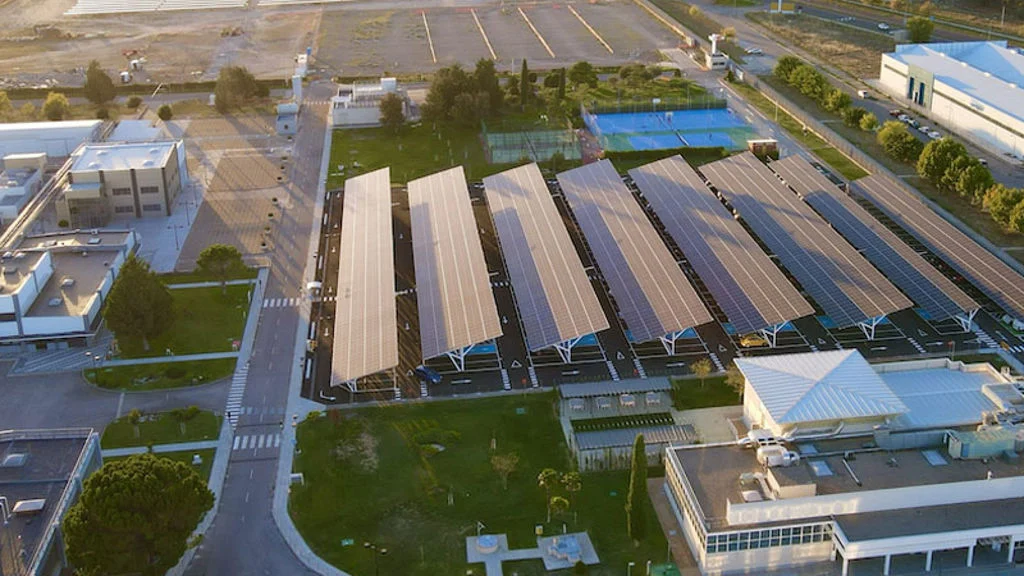Developing the LHEES methodology
Arup collaborated with Zero Waste Scotland and several local authorities to create a comprehensive methodology for LHEES. This methodology guides local authorities in establishing priorities and plans to improve energy efficiency and transition to decarbonised heat supplies. The LHEES methodology is now mandated within national planning policy, ensuring a consistent approach across Scotland.
The development process involved extensive research and stakeholder engagement to understand the unique challenges faced by different regions. Our expertise in low carbon heat planning and data analysis was crucial in creating a robust framework that local authorities can rely on. The methodology includes detailed guidelines on identifying areas with high potential for heat pump retrofits and addressing fuel poverty through fabric retrofits.
Automating energy performance baselining
To support the implementation of LHEES, we developed a series of Python and SQL scripts to automate the baselining of building energy performance for each local authority. This automation significantly reduced the analytical burden on officers, saving approximately 95% of their time compared to manual approaches. The process produced accurate and repeatable outputs, optimising efficiency and minimising human error.
The automation involved creating a cloud-based system that integrates various data sources, including GIS-compatible formats, to provide a comprehensive view of building energy performance. This system allows local authorities to quickly identify areas that require intervention and prioritise actions based on data-driven insights. The result is a more efficient and effective approach to planning and implementing energy efficiency measures.
Integrating LHEES with LAEP
Our team integrated the LHEES methodology with the LAEP to provide a comprehensive view of local energy systems. This integration helps decision-makers understand the local authority’s net-zero energy system of the future, including building interventions, renewable energy generation, electricity grid infrastructure, and transport decarbonisation. The combined approach is being rolled out across several local authorities in England and Wales, enhancing local energy planning efforts.
The integration process involved aligning the LHEES data and plans with the constraints and development plans of the electricity and gas networks. We worked closely with councils to understand how to effectively use funding and policy to strategically align with delivery programming. This collaboration ensured that the integrated approach not only meets current energy needs but also supports long-term sustainability goals. The combined LHEES and LAEP methodology provides a holistic view of the energy landscape, enabling more informed decision-making and better outcomes for communities.







